With the rise of electronic documentation, electronic signatures and digital signatures are becoming increasingly important in today's world. However, the two terms are often used interchangeably, creating confusion among users.
In this blog post, we will explore the differences between digital signatures and electronic signatures, how they work, their legal validity, and the benefits of each.
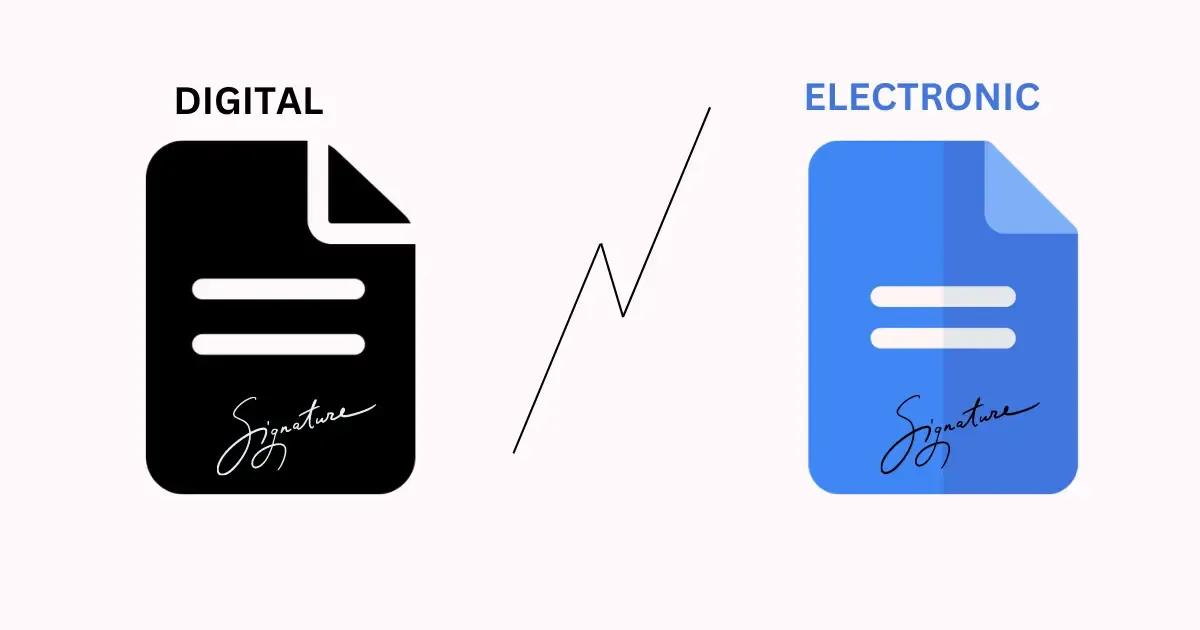
Electronic Signatures
What are electronic signatures?
An electronic signature is a type of signature that is applied to electronic documents to show consent or approval. Electronic signatures can take many forms, including a scanned signature, a typed name, a signature made on a tablet, or a digital image of a signature.
ᴀᴅᴠᴇʀᴛɪsᴇᴍᴇɴᴛElectronic signatures are widely used across a range of industries, including finance, healthcare, and legal.

Types of electronic signatures
There are three types of electronic signatures:
Basic Electronic Signature- This is the most basic form of electronic signature, often in the form of a scanned signature or a typed name. It is the least secure form of electronic signature and is not considered as reliable as other forms.
Advanced Electronic Signature- This type of signature is more secure and reliable than basic electronic signatures. It requires a unique identifier, such as a password or a biometric feature like a fingerprint or face scan.
Qualified Electronic Signature- This is the most secure and reliable form of electronic signature. It uses a digital certificate to ensure the identity of the signer and guarantees the integrity of the document.

How do electronic signatures work?
Electronic signatures work by capturing the signer's intent to sign an electronic document through an electronic device or software.
Once the document is signed, the signature is attached to the document, and the document is encrypted to ensure its integrity.
Legal validity of electronic signatures
In many countries, electronic signatures are considered legally valid and enforceable. The Electronic Signatures in Global and National Commerce Act (ESIGN) in the United States and the European Union's eIDAS Regulation both provide legal frameworks for electronic signatures.
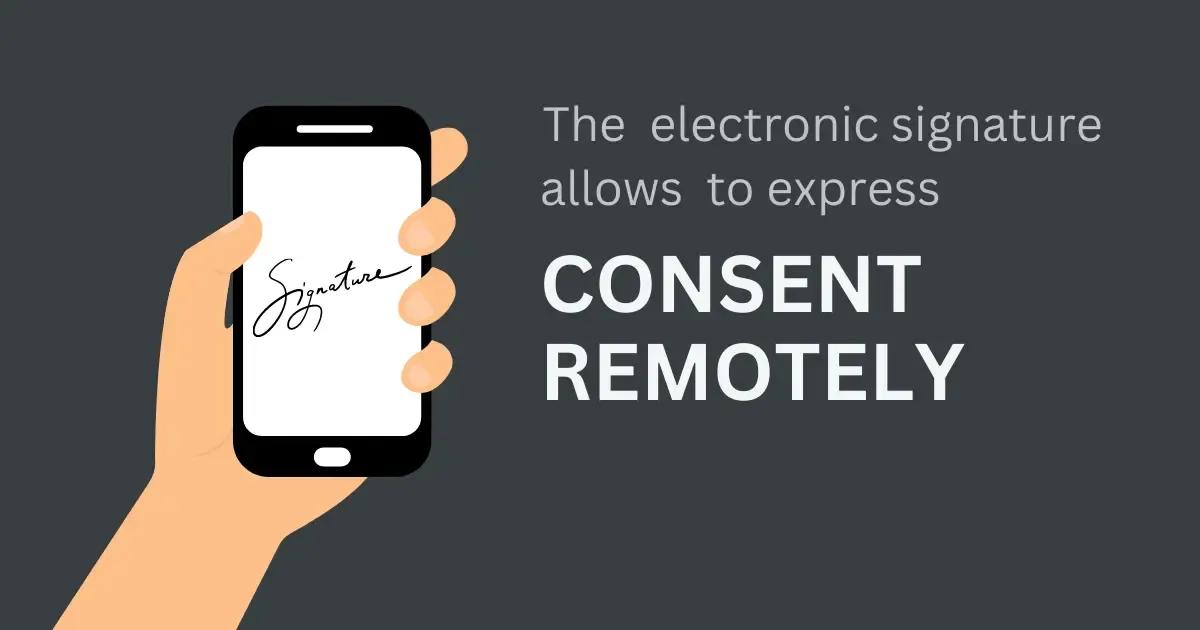
Benefits of electronic signatures
Electronic signatures offer several benefits, including:
Convenience: Electronic signatures eliminate the need for physical signatures, making it easier to sign documents from anywhere at any time.
Faster processing: Electronic signatures speed up the signing process and eliminate the need for mailing, printing, and scanning.
Cost-effective: Electronic signatures save money on printing, mailing, and storage costs.
ᴀᴅᴠᴇʀᴛɪsᴇᴍᴇɴᴛDigital Signatures

What are digital signatures?
A digital signature is a type of electronic signature that uses encryption technology to ensure the integrity and authenticity of electronic documents.
It is a more secure and reliable form of electronic signature that is often used in sensitive documents like legal agreements, contracts, and financial transactions.
How do digital signatures work?
Digital signatures work by using a mathematical algorithm to encrypt the electronic document. The signer's private key is used to encrypt the document, and the recipient's public key is used to decrypt it. The digital signature also includes a digital certificate that verifies the identity of the signer.
Legal validity of digital signatures
Digital signatures are considered legally valid and enforceable in many countries, including the United States, the European Union, and Canada.
The United Nations Commission on International Trade Law (UNCITRAL) has also issued guidelines for the use of digital signatures in international transactions.
Benefits of digital signatures
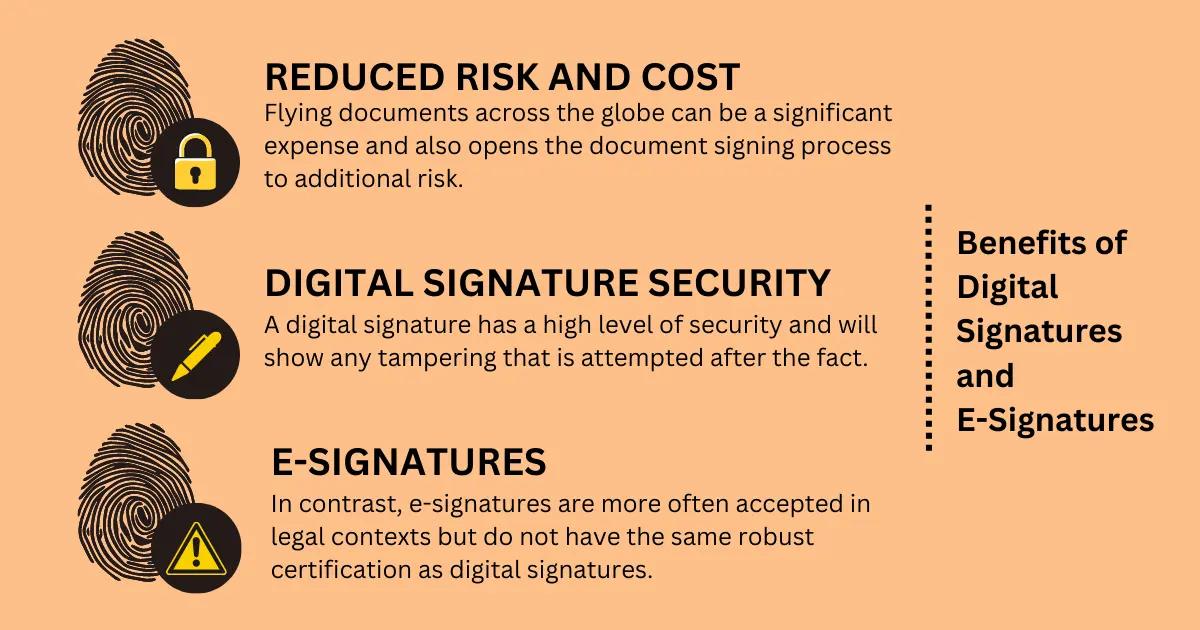
Digital signatures offer several benefits, including:
Enhanced security: Digital signatures use encryption technology to ensure the authenticity and integrity of documents, making them more secure than other forms of electronic signatures.
Non-repudiation: Digital signatures provide proof of the signer's identity and intention to sign, preventing them from denying their signature later on.
Compliance: Digital signatures can help organizations comply with regulations and legal requirements.
ᴀᴅᴠᴇʀᴛɪsᴇᴍᴇɴᴛHow to Add Electronic Signature on a PDF
CopyChecker's PDF Editor is a popular tool for editing and annotating PDF documents. It also allows you to add a electronic signature to your PDF documents. Here are the steps to add a electronic signature using CopyChecker's PDF Editor:
- Open the PDF document in our PDF Editor.
- Click on the "Sign" tab in the top menu bar.
- Click on "New Signature" from the options in the toolbar.
- Enter your name in the fields provided, OR you can Draw and Upload your signatures as well.
- Place your signature on the document by clicking and dragging the signature field to the desired location.
- Save the signed document to your desired location.
That's it! Your PDF document is now electronic signed and ready to be shared with others.
Differences between electronic and digital signatures
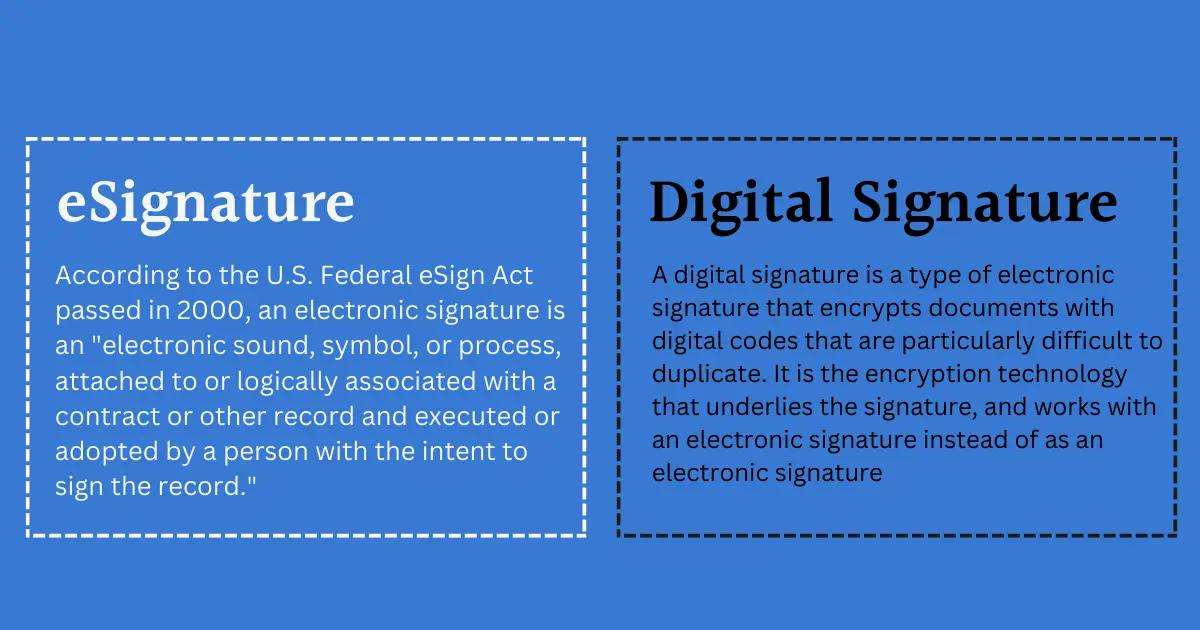
While electronic and digital signatures share similarities in that they are both types of electronic signatures, there are significant differences between the two.
Definition
The primary difference between electronic and digital signatures lies in their definitions. Electronic signatures are defined as any electronic sound, symbol, or process attached to a contract, whereas digital signatures are a type of electronic signature that uses encryption technology to ensure the integrity and authenticity of electronic documents.
Digital Signature vs Electronic Signature
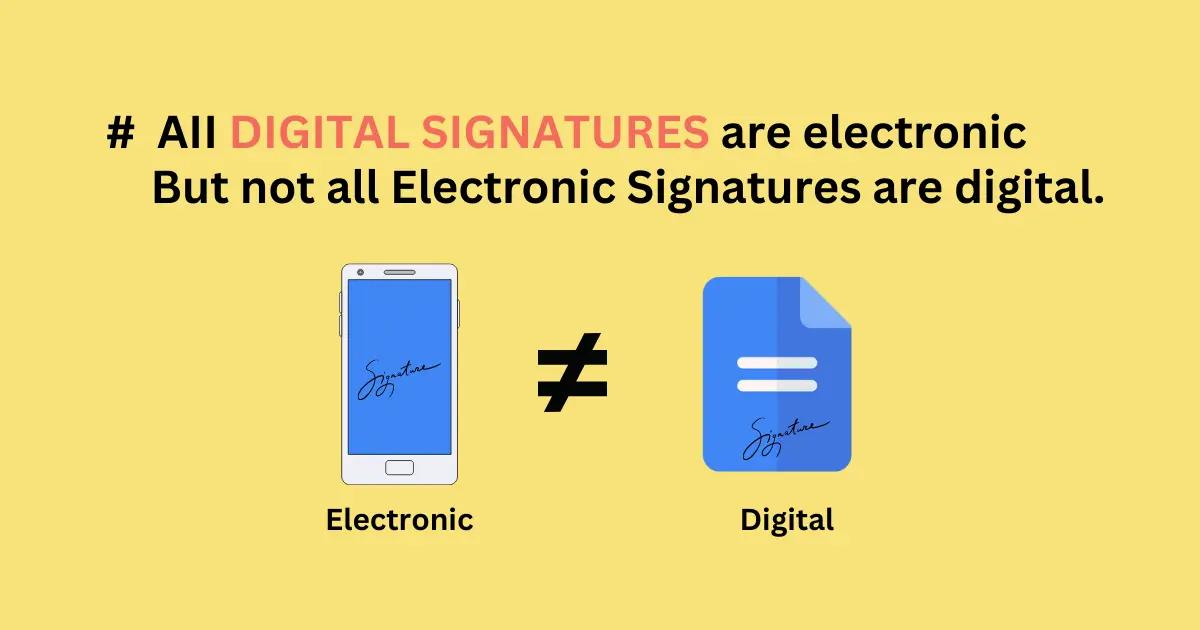
The similarities between electronic and digital signatures:
Both electronic and digital signatures allow individuals to sign documents electronically. They both offer a paperless, streamlined solution for businesses to collect signatures remotely.
Electronic and digital signatures are both legal and can be used to sign various types of documents such as contracts, legal agreements, and other business documents.
Security
Digital signatures are more secure than electronic signatures. Electronic signatures can be easily replicated, while digital signatures are encrypted and require a private key for signing, making them difficult to forge.
Technical differences
Electronic signatures can be created using a variety of tools, including email, online forms, and electronic signature tool. On the other hand, digital signatures require specialized software and a digital certificate to create and verify the signature.
Legal differences
While both electronic and digital signatures are legally valid in many countries, digital signatures have a higher legal standing and are recognized as being more reliable and secure.
In some cases, digital signatures may be required for specific types of transactions, such as those involving high-value assets or sensitive information.
When to use electronic signatures
Electronic signatures are best suited for low-risk transactions, such as employee contracts or non-disclosure agreements. They are also ideal for situations where convenience and speed are important, such as online shopping and document signing.
When to use digital signatures
Digital signatures are best suited for high-value transactions, such as real estate purchases, financial transactions, and legal agreements. They are also ideal for situations where the authenticity and integrity of the document are of paramount importance.
ᴀᴅᴠᴇʀᴛɪsᴇᴍᴇɴᴛChoosing between electronic and digital signatures
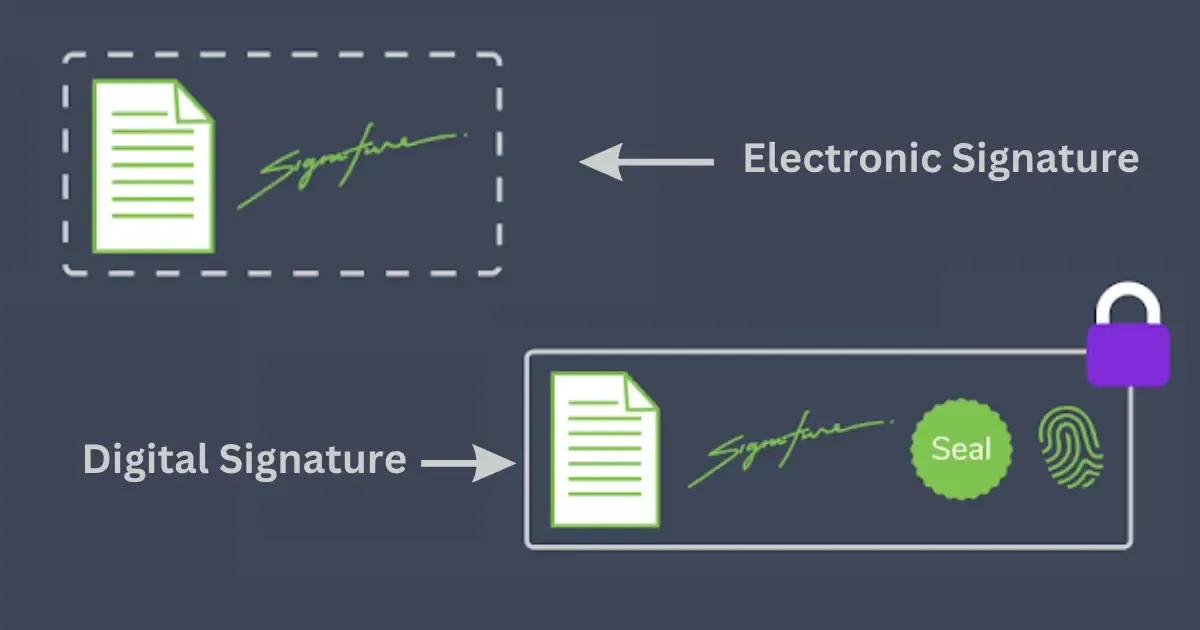
When choosing between electronic and digital signatures, it is essential to consider the nature of the transaction and the level of security required.
If the transaction is low-risk and convenience is a priority, an electronic signature may be sufficient. However, if the transaction involves high-value assets or sensitive information, a digital signature is the best choice.
The use cases for electronic and digital signatures
Electronic signatures are ideal for businesses that require a quick and easy way to sign documents remotely. They are best suited for lower-risk transactions where the identity of the signer is not critical.
On the other hand, digital signatures are ideal for high-risk transactions that require strong authentication and verification of the signer's identity.
They are also useful for documents that require a higher level of security, such as medical records, legal documents, and financial contracts.
The impact of digital signatures on business processes

Electronic and digital signatures can have a significant impact on business processes. They can save time and money by eliminating the need for printing, faxing, and shipping physical documents.
They also reduce the risk of errors and inaccuracies in documents by providing a streamlined and error-free signing process. Electronic and digital signatures can also increase the speed of transactions, improving the efficiency of business processes.
The potential risks of digital signatures
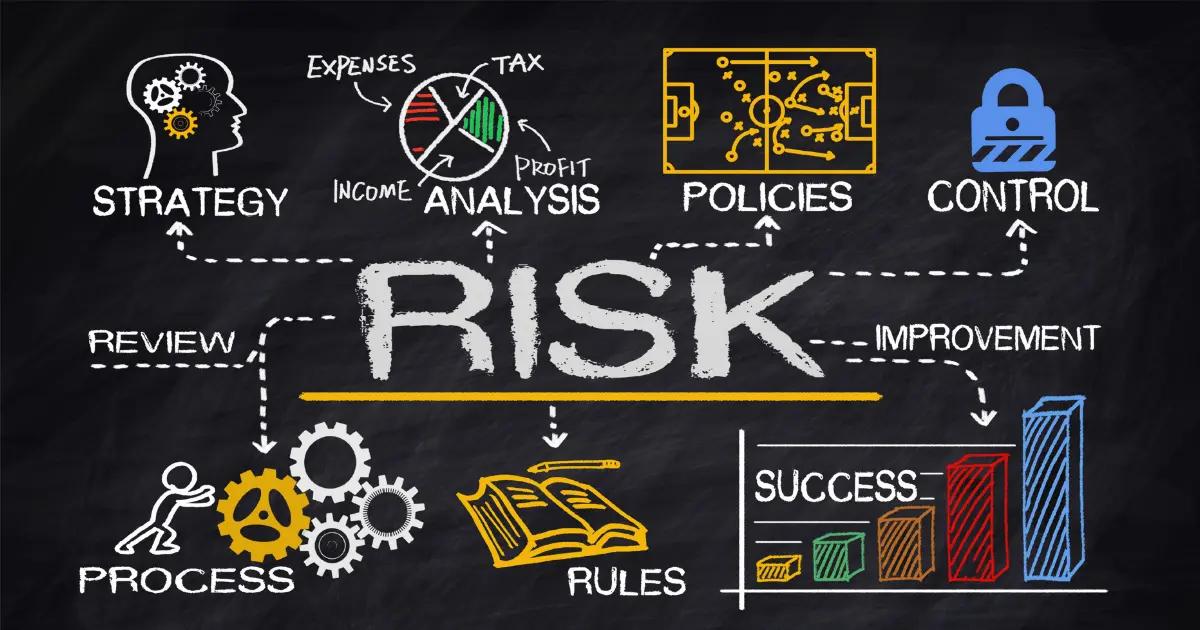
Electronic and digital signatures can also pose potential risks to businesses. One of the main risks is the possibility of fraud, where a signature can be forged, or a signer's identity can be stolen.
Businesses need to ensure that they have a secure electronic or digital signature solution to prevent these risks. Other risks include the possibility of technical errors, data breaches, and compliance issues.
ᴀᴅᴠᴇʀᴛɪsᴇᴍᴇɴᴛChoosing the Right Solution
Factors to consider when choosing between electronic and digital signatures:
When choosing between electronic and digital signatures, businesses need to consider several factors. One of the main factors is the level of security required for the document.
If the document contains sensitive information, businesses should choose a digital signature solution that provides a high level of security and authentication. Other factors include the cost, ease of use, and compatibility with existing software and systems.
Best practices for implementing electronic and digital signature solutions
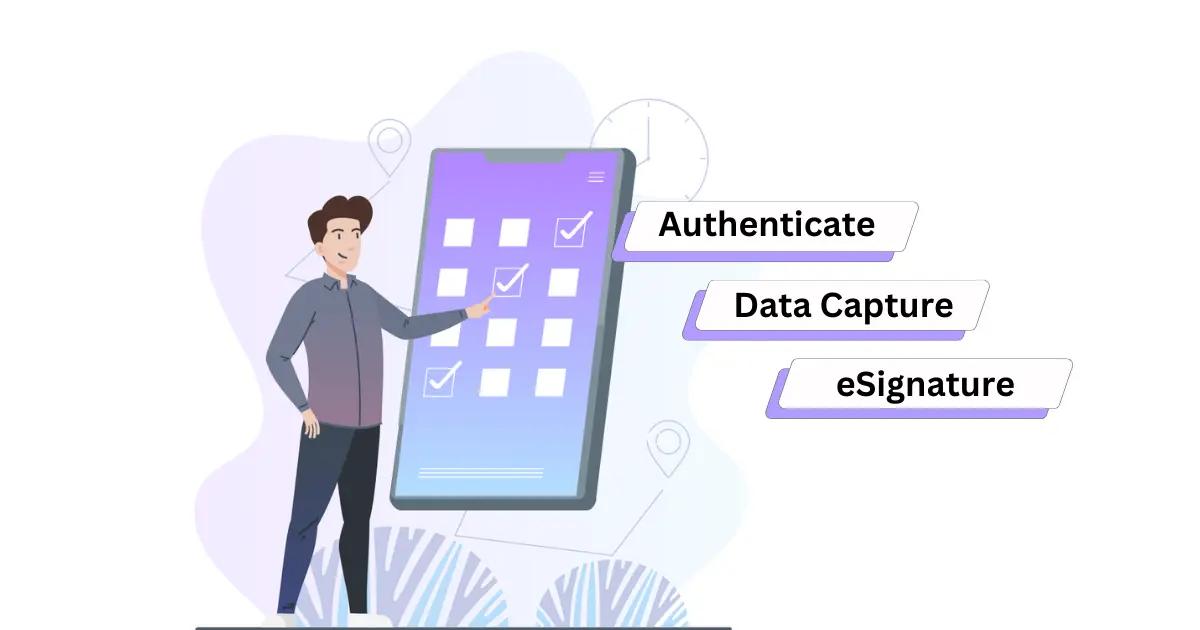
When implementing electronic and digital signature solutions, businesses should follow best practices to ensure the security and legality of the signatures. These best practices include using strong authentication methods, ensuring the integrity of the document, and providing a clear audit trail.
It is also important to ensure that the electronic or digital signature solution complies with legal and regulatory requirements.
The importance of working with a trusted provider
Working with a trusted provider is essential when implementing electronic and digital signature solutions. A trusted provider will ensure that the solution is secure, compliant with legal requirements, and compatible with existing software and systems.
A trusted provider will also offer support and assistance during the implementation process and provide ongoing maintenance and updates.
The future of electronic and digital signature technology

Electronic and digital signature technology is continually evolving. Future developments may include new authentication methods, increased security, and improved integration with existing software and systems.
Businesses should stay up-to-date with the latest developments in electronic and digital signature technology to ensure they are using the most secure and efficient solution.
FAQs
What is an electronic signature?
An electronic signature, also known as an e-signature, is a way of signing a document digitally. It can be as simple as typing your name in a signature field or using a stylus to sign on a touch screen.
Electronic signatures are legally binding in many countries and are widely used to sign documents such as contracts, agreements, and forms.
What is a digital signature?
A digital signature is a type of electronic signature that uses advanced encryption techniques to verify the authenticity of a document and the identity of the signer.
Digital signatures are more secure than electronic signatures and are often used for sensitive documents, such as financial transactions or legal agreements.
How to sign a PDF?
To sign a PDF using an electronic signature, you can use a PDF editor or a dedicated e-signature tool. Most PDF editors have a signature field that you can sign using your mouse, touchpad, or a stylus.
You can also use a dedicated sign PDF tool to signature your document before sending it to the recipient.
What qualifies as a digital signature?
To qualify as a digital signature, the signature must be created using a digital certificate issued by a trusted Certificate Authority (CA).
The digital certificate verifies the identity of the signer and ensures that the document has not been tampered with since it was signed. The signature must also comply with local laws and regulations to be legally binding.
ᴀᴅᴠᴇʀᴛɪsᴇᴍᴇɴᴛConclusion
In conclusion, both electronic and digital signatures are essential tools for electronic document signing. While both types of signatures share similarities, there are significant differences between the two in terms of security, legal validity, and technical requirements.
By understanding these differences, businesses can make informed decisions about which type of signature to use for their specific needs.
Ultimately, the choice between electronic and digital signatures will depend on the level of security required and the nature of the transaction.







